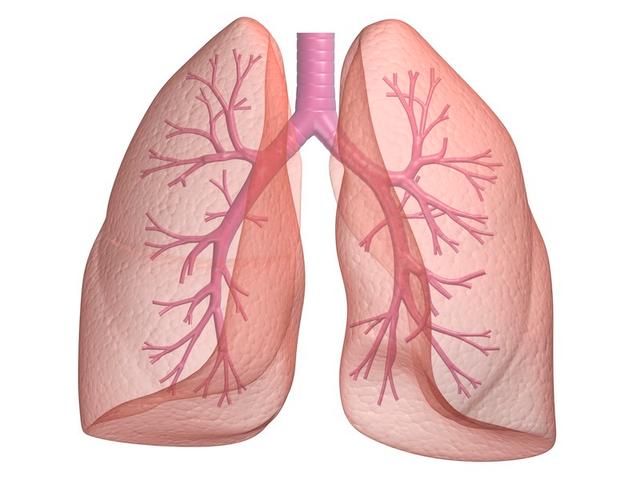
Gender Differences in Lung Capacity
Medium

Are boys' lungs bigger than girls' lungs? Find out in this experiment, where you'll compare the lung volumes of boys and girls while eliminating the differences caused by size, health, age, ethnicity, and geographical location.
Hypothesis
The hypothesis is that boys will have a higher lung volume than girls.
Method & Materials
You will divide the participants into two groups: 10 males and 10 females. Then, you will measure the lung volume of each participant by having them breathe into a balloon and measuring the circumference of the balloon. Finally, you will calculate the average lung volume of each participant and record the results.
You will need a supply of balloons, 20 participants, a piece of string, a ruler, a lung volume table, and a data table.
Results
The results of the experiment showed that boys had a higher lung volume than girls. The most interesting observation was that the boys had an average lung volume of 4,000 cubic centimeters, while the girls had an average lung volume of 3,500 cubic centimeters.
Why do this project?
This science project is interesting because it allows us to compare the lung volumes of boys and girls while controlling for other variables.
Also Consider
Variations of this experiment could include repeating it over a wide range of age groups and ethnicities, or measuring the lung volumes of athletes compared to non-athletes.
Full project details
You can find additional information and details for this science fair project here. Have fun exploring!Related videos
Hey there! Here are some awesome videos about this science project that we think you'll really like. They're not only super fun, but they'll also help you learn more about the science behind the project. So sit back, relax, and get ready to have some fun!!
Share this Science Project:
Related Science Fair Project Ideas
Can your favorite drinks harm your teeth? Find out using hard boiled eggs in this science project!
Medium
Can you tell what someone is feeling just by looking at their face? Find out in this fun science project!
Medium
Do you like your food hot or cold? Find out how temperature affects your taste buds in this fun experiment!
Medium
Share this Science Project:
